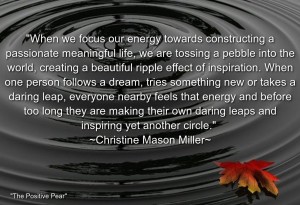When All Else Fails…
I’ve recently went through a stretch where being an educator has become a real struggle. I’ve been a connected educator engaged in blogging and on-demand anytime learning for almost two years. My classroom has been an area of frustration recently and I’ve been carrying the feelings of inadequacy for long enough. My eighth grade students recently took a field trip to the county tech center for a tour. We also took part in a career fair held at a different location during the same trip. Included in the round trip was a 20 minute bus ride. As if you can’t already tell, a day like this was much appreciated by this struggling teacher. It was an opportunity for me to relax and connect with my students. We had an awesome time! I always try to capture experiences like this on camera, so I took several pictures of the students during the career fair. I posted some of those pictures on Twitter in an attempt to share some of the great experiences students had that day. A couple days later I received a tweet from a parent saying “I love that you love our kids!” It provided an immediate reminder that I desperately needed. When all else seems to be failing, just love your kids. Talk to them, show them, express it in your actions, and weave it into the very fabric of your classroom, your communication, your discipline, and your management. If need be, put everything else on hold a day or two and just show your students that you love them.
In addition to my experiences above, I want to remind myself and all educators that Christmas time isn’t a season of joy for all students. For some students, it’s a week away from a guaranteed meal, the safety of the school building, validation and respect from a teacher, and a listening ear. I am encouraged by the commitment of my teammates to look more closely at the lives our students lead outside of the school walls. Practicing more tolerance and awareness may rarely result in a solution for those students but it radiates life changing love. I hope this post finds another educator in need of restoration. I hope your parents can say “I love that you love our kids!”
Picture from: http://jwalkinguphill.blogspot.com/2012/04/love-see-teach.html






